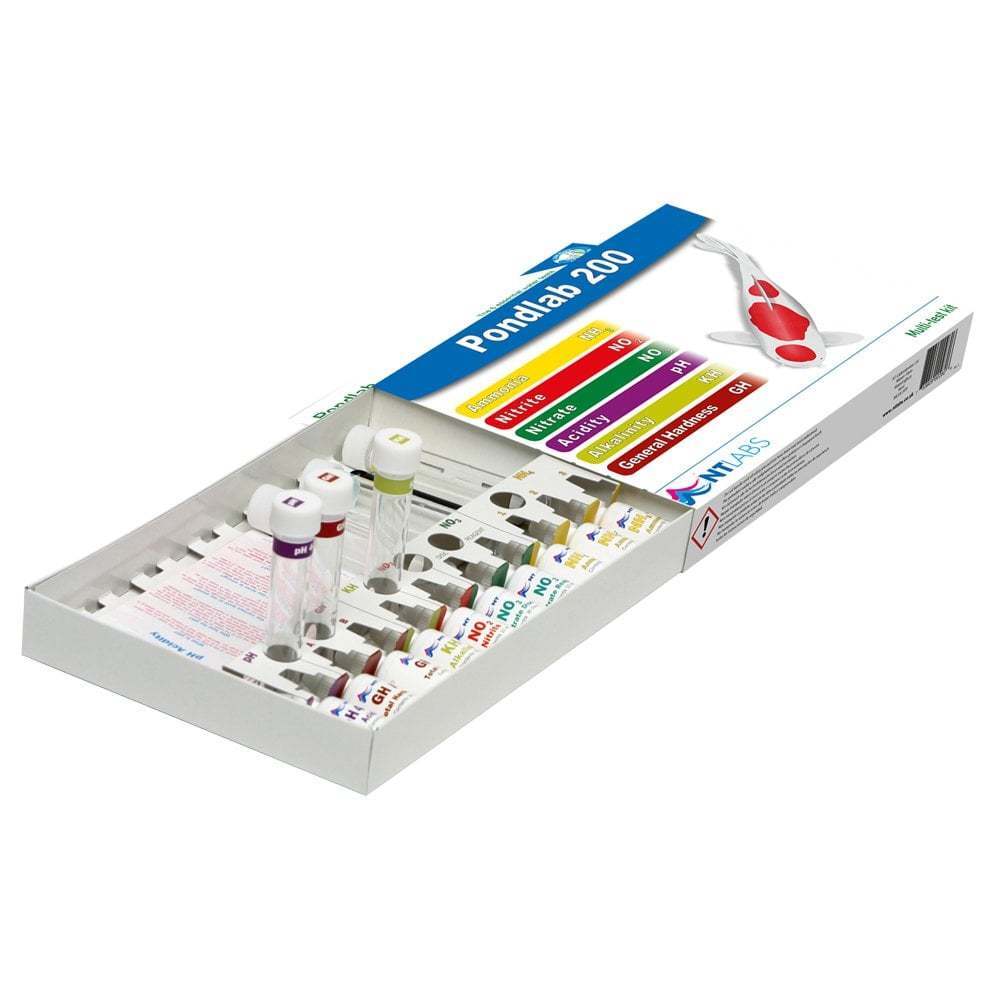
The Ultimate Guide to Maintaining Ideal Water Conditions
As a dedicated koi pond owner, your primary goal is to provide an optimal environment for your fish to thrive. A healthy koi pond begins with maintaining ideal water conditions. To ensure the well-being of your koi, it’s crucial to comprehend their specific requirements for survival.
Ideal pH and Temperature for Koi:
Koi, known for their hardiness, can adapt to various temperatures and pH levels. However, maintaining precise water conditions is key to their optimal health. The ideal pH level for a koi pond ranges between 7.0 and 8.0, fostering stability and health. Straying outside this range may lead to health issues and stress for your koi. Additionally, koi, being cold-water fish, prefer a temperature range of 60-70°F. Consistency in this temperature range is vital, as temperature fluctuations can induce stress and impact overall health.
Controlling Ammonia, Nitrite, and Nitrate Levels:
A significant challenge in koi pond maintenance is managing ammonia, nitrite, and nitrate levels. Ammonia, originating from fish waste and uneaten food breakdown, is highly toxic to koi. Nitrite, a byproduct of ammonia breakdown, is also harmful. Nitrate, the end product of the nitrogen cycle, poses health risks if levels exceed 20 ppm. Ideally, ammonia and nitrite levels should be 0 ppm, and nitrate levels should be below 20 ppm.
Regular Monitoring of Water Conditions:
Regularly testing the water using pH, temperature, and ammonia/nitrite/nitrate kits is essential. This ensures continual monitoring and facilitates necessary adjustments to maintain optimal conditions for your koi. Water conditioners can be used to adjust pH levels if needed, and regular water changes assist in sustaining proper ammonia, nitrite, and nitrate levels.
Importance of Filtration:
Filtration plays a crucial role in upholding ideal water conditions for your koi. A well-constructed filtration system keeps the water clean and free from harmful substances, maintaining appropriate levels of ammonia, nitrite, and nitrate. An effective filtration system combines mechanical, biological, and chemical methods to create the best environment for your koi.
Maintaining ideal water conditions is paramount for the happiness and health of your koi. Through vigilant monitoring and adjustments to pH, temperature, and ammonia/nitrite/nitrate levels, you can cultivate an environment where your koi not only survive but thrive. With a blend of proper water conditions, consistent monitoring, and a thoughtfully designed filtration system, your koi can enjoy long and healthy lives.
Creating the perfect environment for your koi starts with maintaining ideal water conditions. By understanding the specific requirements of koi, regularly monitoring the water conditions, and making any necessary adjustments, you can create a healthy and happy environment for your fish to thrive in. With a combination of proper water conditions, regular monitoring, and a well-designed filtration system, you can ensure that your koi live long and healthy lives.
Matthew Adlington





